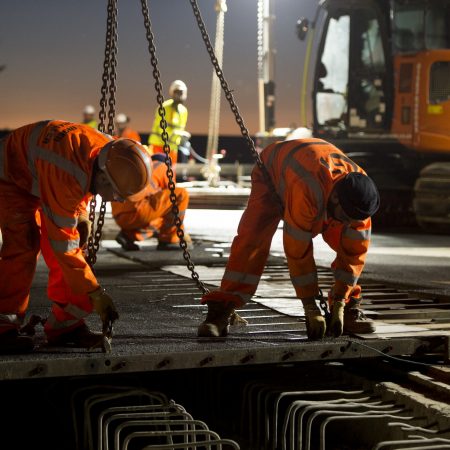Ideas, On Their Own, Change Nothing
There are dozens of quotations to the effect of always getting the same results when you do the same things in the same ways. And it’s self-evident that to make progress you have to question what you are doing and be ready to adapt.
So why is it so hard? And why is it particularly hard with construction projects? Given the industry’s poor record with delivering projects on time, on budget and to the required quality levels, you’d expect there to be a massive impetus behind doing things differently.
But change is difficult. When faced with a high profile project to deliver, known methods look like the least risk and the least effort. This is natural human behaviour and needs to be recognised and consciously overcome.
Significant change can feel hard because it takes concentration and mental focus. Neuroscientists refer to this as executive function. The environment has to be created where everything else that competes for our attention is pushed to the background. The sole consideration is the best way to carry out this task or project, forgetting what we might have done in the past.
Never underestimate how hard it is to create this innovative and critical thinking space.
The Expert Becomes the Learner
Trying something new can mean taking a risk. It can put a project team in the position of being the learner rather than the expert. This is uncomfortable. It is a strong pull back towards the known and familiar.
When it works, the results can deliver exceptional benefits. Take, for example, the established process for renewing mechanical movement joints on a motorway bridge. The usual way of doing it involves long-term lane closures of days or weeks.
Working with specialist partners, Osborne re-engineered the process for the Gade Valley Viaduct project. It was an exercise in saying: ‘if we were to do this without lane closures, how would we do it?’ Using temporary ramps allowed normal traffic to run during the day without speed restrictions. During brief overnight closures, the ramps were lifted out and the joints quickly replaced.
Coming up with the idea was one thing. The team also had to be tested offsite to be certain it would work. Sticking with the old method would have been the expectation and might not have been questioned. It’s a testament to the commitment of the team that they were determined to come up with a better idea and to see it through to successful implementation.
And that’s the point. Coming up with ideas is only part of the answer. Change also needs the right culture in which to flourish when so many forces are pushing in the opposite direction. This is the culture that Osborne brings to each new project.

